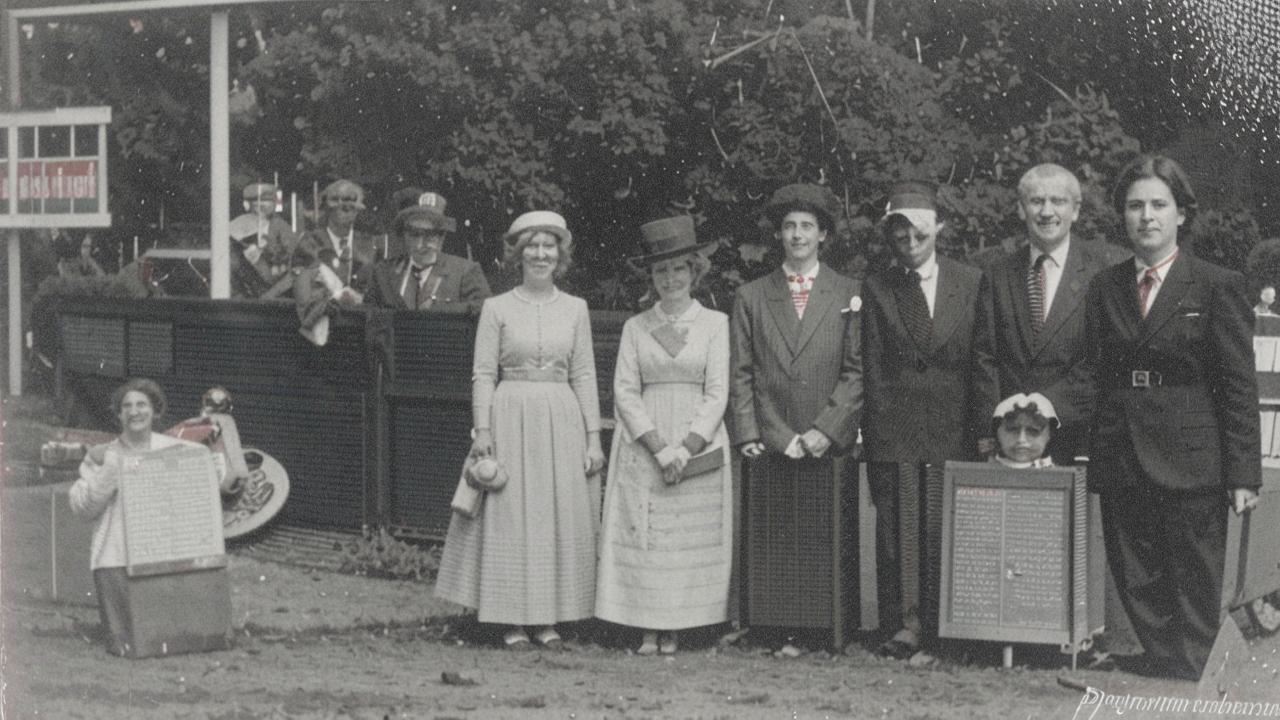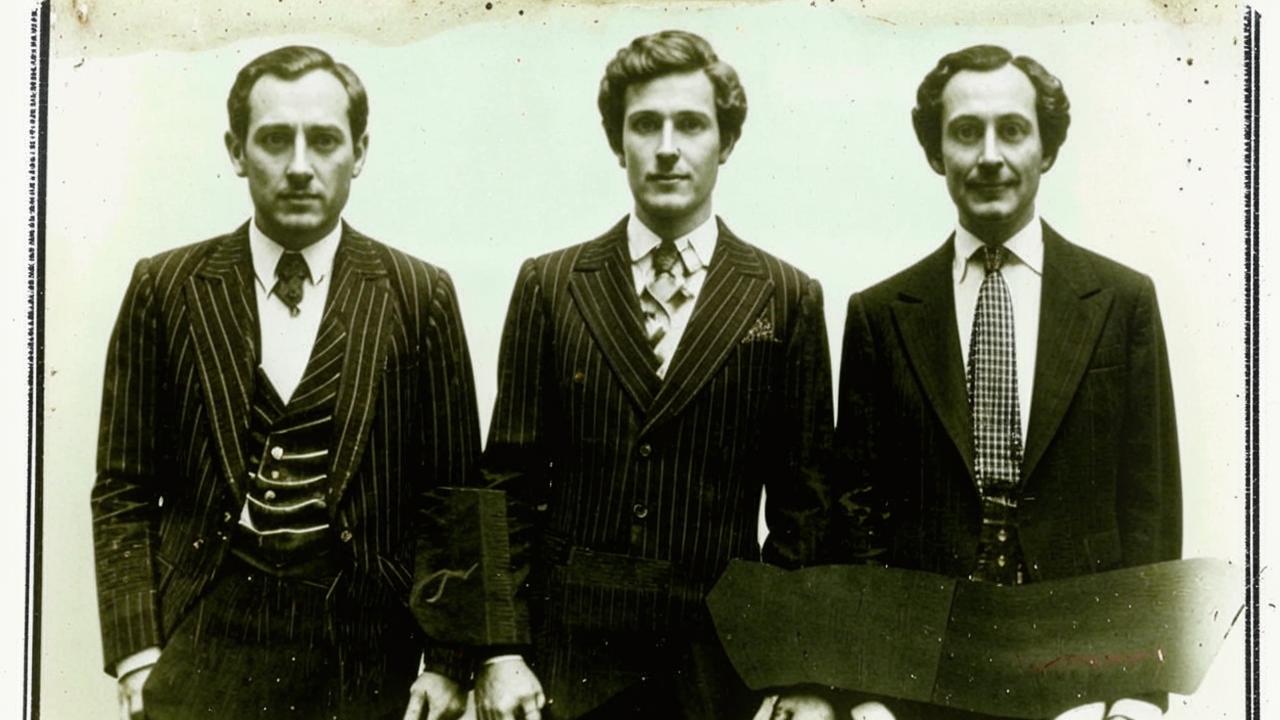Mario Lemieux’s struggle with lymphoma: hematologist told about the disease of the famous hockey player

An athlete who is considered one of the greatest players in NHL history nearly ended his career.
On January 12, 1993, Mario Lemieux shocked the hockey community by announcing that he had been diagnosed with cancer. The hockey player had previously noticed that a lump on his neck, which he had ignored for about 18 months, had begun to enlarge. It was a swollen lymph node. Although doctors were able to remove it, further testing revealed that the athlete had Hodgkin’s lymphoma, a type of cancer that affects the lymphatic system.
Hva vi vil fortelle deg om
At the age of 27, Mario Lemieux took a break from his career to undergo radiation therapy. The treatment took two months, took a lot of energy, and depleted his already weakened body.

Nevertheless, in March 1993, after 22 radiation treatments, he returned to the ice.
What is Hodgkin’s lymphoma?

Hematologist, oncologist at the Hadassah branch of the Skolkovo clinic
“Hodgkin’s lymphoma is a type of lymphoma, an infrequent but highly curable cancer of the lymph nodes and lymphatic system.”
Lymphoma is a cancer of white blood cells called “lymphocytes.” They normally help the body fight infections, but in lymphoma they become abnormal and begin to grow uncontrollably and move to different parts of the body.

Abnormal cells often accumulate in the lymph nodes. This can cause them to swell. They can also affect other parts of the lymphatic system, such as the spleen.
What are the risk factors?
The main reason for the development of Hodgkin’s lymphoma is considered a failure in the body’s defense systems. The following factors can increase the risk of this pathology:
- Gender. The mild form is more common in men than in women.
- Family history. The presence of a close relative (mom, dad, brother or sister) with the same form of cancer.
- Epstein-Barr virus (EBV) infection. People who have had infectious mononucleosis caused by VEB have an increased chance of getting the disease.
- Weakened immune system. These are conditions such as HIV/AIDS or taking immunosuppressant medications.
- Previous history of cancer treatment: radiation treatment or chemotherapy for other cancers.
- Certain autoimmune diseases. Conditions such as rheumatoid arthritis or Sjögren’s syndrome.
- Exposure to certain chemicals. Some studies have linked prolonged exposure to pesticides, solvents, or herbicides to an increased risk of the disease.
What are the symptoms?
Most often, the first warning sign of the disease is a swollen, painless lymph node on the neck. People can also have such “bumps” appear above the collarbone, in the armpit area or in the groin.

Furthermore, lymph nodes deeper in the body can swell and cause symptoms. For example, swollen lymph nodes in the chest can trigger coughing, difficulty breathing, or chest pain.
In addition, people with Hodgkin’s lymphoma often show signs such as fever, weight loss, and sweating.
How is Hodgkin’s lymphoma treated?
Proper therapy can completely cure Hodgkin’s lymphoma in most cases. An example of this is Mario Lemieux, who beat the cancer.

Treatment may include:
- chemotherapy. This is the medical term for drugs that kill cancer cells or stop their growth;
- radiation therapy. These are rays that kill cancer cells and are used in conjunction with chemotherapy in some patients.
What is the survival rate for patients?
The survival rate for Hodgkin’s lymphoma depends on various factors: the stage of the disease, the patient’s age, general health and response to treatment. Overall, the prognosis for this form of cancer is usually favorable, with high cure rates, especially when detected and treated early.
The five-year survival rate for Hodgkin’s lymphoma is about 86%. This means that approximately 86 out of 100 people diagnosed with the disease will live at least five years after diagnosis. However, it is important to note that survival rates can vary significantly among individuals, and ongoing medical research continues to improve treatment outcomes.





